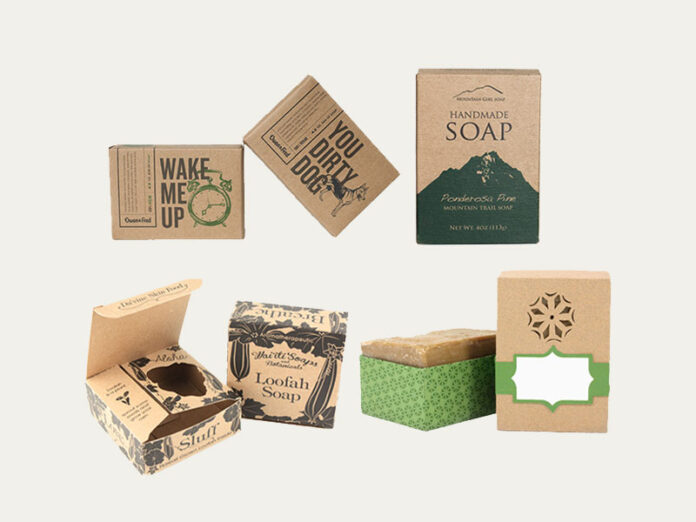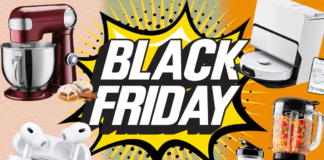Soap packaging is the first thing potential customers see and it can leave a lasting impression. It must complement your product and reinforce branding while providing a cost-effective way to display and protect the soap.
Natural designs work well with a matte finish that feels less processed and more earthy. You can also add icons and patterns that depict nature.
Soap Boxes
Boxes are a popular packaging option for soap products, as they provide protection and support during shipping and handling. They can also be customized to feature your logo and other branding elements for a more cohesive, visually engaging packaging experience. Choose a material that reflects the characteristics and qualities of your soap to create an attractive, high-quality packaging solution for your customers. You can add special finishing touches, like foiling and embossing, to add an element of luxury to your soap boxes packaging.
A good soap box design will capture the attention of potential customers and help distinguish your brand from competitors. You should start by choosing a color palette that reflects your brand identity and use a clean, simple layout for text and graphics. Avoid using illustrations or patterns that aren’t on brand for your company, and don’t forget to include important information, like the product name and list of ingredients.
The best soap boxes will be made of eco-friendly materials that reduce the amount of land waste and harmful chemicals in the environment. They should also be sturdy enough to protect the soap inside. If possible, choose paper from recycled content for your soap boxes to maximize sustainability. You can also add a window cut-out to your custom printed soap boxes to allow customers to see the product inside without damaging the packaging.
Cigar/Belly Bands
Soap sleeve packaging is a simple way to brand your product. The bands are designed to fit around your soap, and can be printed with a logo or information about your product. They also prevent tampering of the soap by consumers. These bands are available in a variety of styles and paper materials. Some are even made of plantable seed paper, so they can be planted to grow wildflowers or herbs.
Pros: This method of packaging is inexpensive and offers some protection for your bars from the elements and consumer hands. Cons: It may be confusing to customers, as the soap is not fully covered with the band. This could make them think the bar is unfinished or unwashed, and they may feel uncomfortable purchasing it. Also, this type of packaging does not offer much protection for the product during shipping and handling.
Whether you choose a box, cigar/belly band, or paper, be sure to label your product properly. It is important that your customers know the ingredients and the process you went through to create your soap. It may seem like an extra step, but it is vital that you take the time to do so in order to ensure your product’s safety and quality. Remember that the time you put into your product is also reflected in the care and attention you give to the custom boxes.
Paper
Soap packaging paper is a type of wrapping that keeps soaps protected from dust and dirt. It can also be adorned with important information like expiry dates, ingredients and contact details to make it more appealing for customers. It can be printed with various colors and designs to match your brand’s personality and create a unique unboxing experience. It’s also possible to include a themed design that matches your soap’s seasonal or holiday theme, which makes the product more recognizable and memorable.
Paper wrapping is a good option for small businesses, as it is affordable and lightweight. It’s also ideal for shipping, as it prevents soap from being damaged in transit. You can even use different add-ons for your soap packaging, such as die-cut windows, so that your customer can see the product inside.
Another popular soap packaging idea is to wrap the product in a special fabric bag or wrapping. This is a great option for natural soap brands, as it showcases the brand’s commitment to sustainability and eco-friendly practices. It’s also a good way to make the soap feel more personal and gift-like, which can increase customer loyalty and satisfaction. You can choose from a variety of fabrics, ribbons and string for this kind of soap packaging. These options can be embroidered with your logo to add a personal touch.
Shrink Wrap
Shrink wrap is plastic film that, when heated, shrinks tightly over what it covers. It’s a great way to protect soap from dents, scratches and fingerprints while also allowing customers to see the bar they are buying. It’s easy to apply and looks professional.
It’s also ideal for soaps with a lot of color or swirl. Custom Printed Boxes tend to hide intricately colored and swirled soap, while shrink wrap allows for a more open presentation that shows off the soap’s features. It’s important to note that, with soaps wrapped in this manner, the bars must be fully cured before being banded. If they are not, the bands may come loose.
There are two types of shrink wrap available: PVC and polyolefin. Both can be used with soap, but the difference between them lies in their ability to allow or restrict fragrances. PVC film limits fragrances from being able to pass through, while polyolefin has tiny holes that help soap scents to be visible.
To use shrink wrap, the product is placed inside a flat sheet of clear plastic. Then, a piece of fabric is laid on top of it, and the soap is placed into the middle. This fabric can be made of organza, tulle, cotton or other lightweight material and is then tied in place with a bow or ribbon for a more decorative look.












